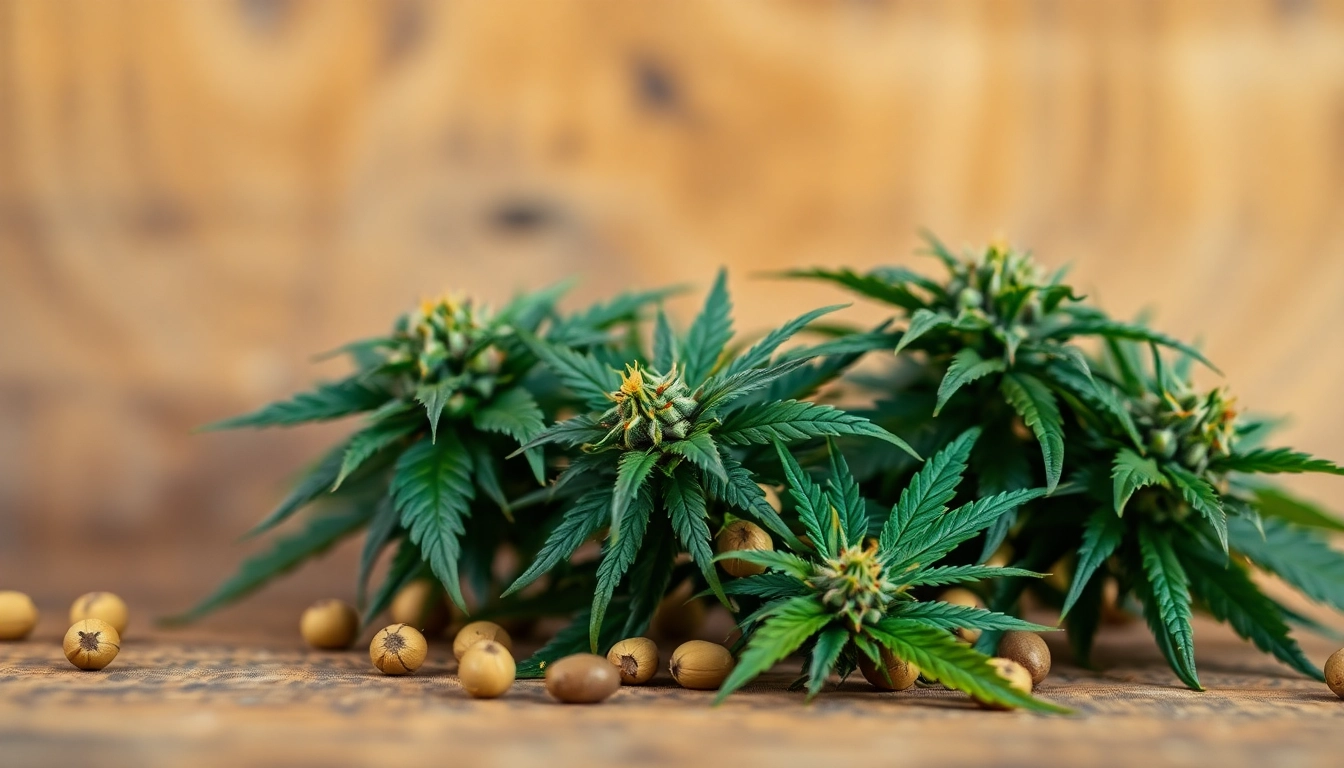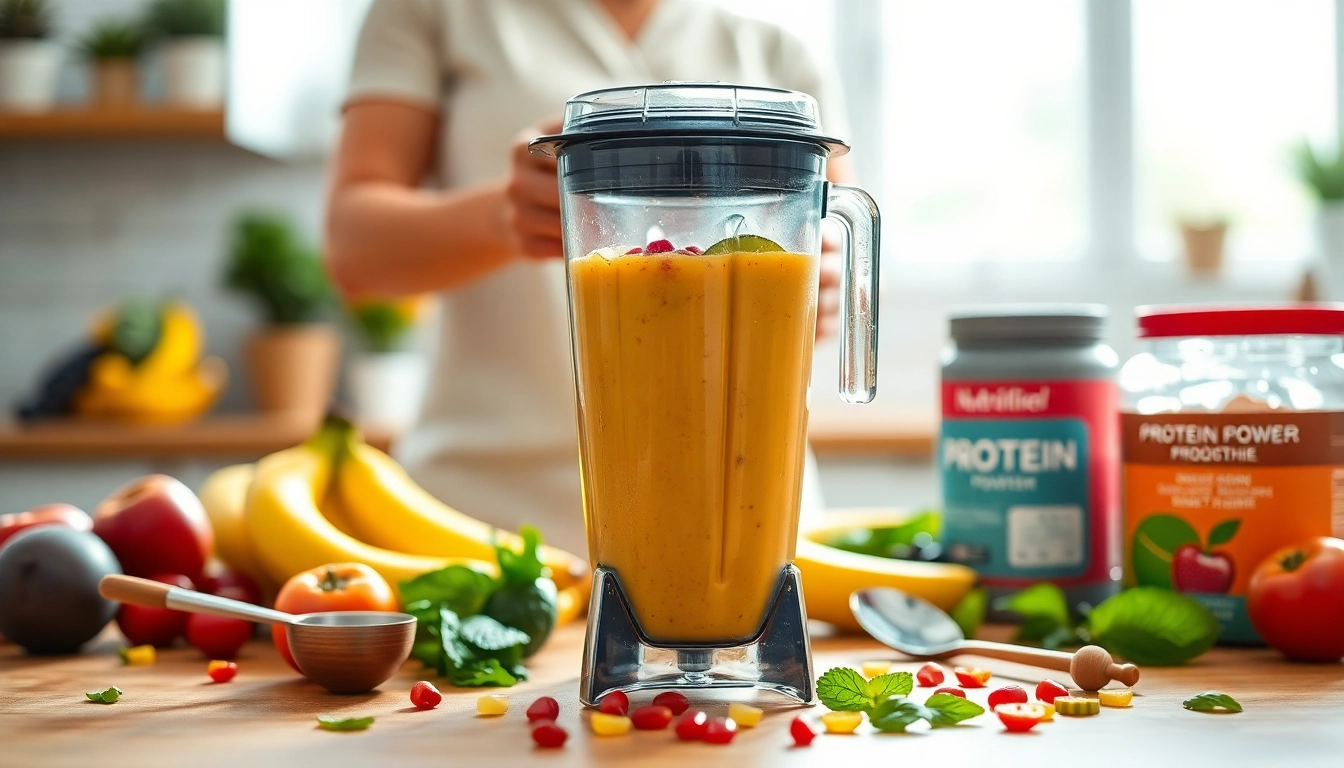Understanding Marijuana Seeds
Marijuana seeds are the fundamental building blocks of cannabis cultivation, providing the genetic potential for a variety of strains that can yield different effects, flavors, and aromas. Before embarking on the journey of growing cannabis, it’s essential to understand the various types of marijuana seeds, their characteristics, and how the source and genetics can greatly influence the outcome of your cultivation efforts. Whether you’re a beginner or a seasoned grower, this comprehensive guide will equip you with valuable knowledge to cultivate top-notch marijuana seeds successfully.
Types of Marijuana Seeds
There are three primary types of marijuana seeds: regular seeds, feminized seeds, and autoflowering seeds. Each type serves a distinct purpose and provides different advantages based on your growing preferences and goals.
Regular Seeds
Regular seeds are natural marijuana seeds that can produce both male and female plants. This type is often favored by breeders who wish to create their hybrids or for growers aiming to produce seeds for future crops. However, it’s crucial to note that male plants do not produce the buds that are typically desired for consumption and may need to be culled to prevent pollination of female plants.
Feminized Seeds
Feminized seeds are genetically engineered to produce only female plants, which are the ones that yield the sought-after buds. This eliminates the concern of male plants and maximizes the efficiency of your growing efforts. Feminized seeds are particularly beneficial for novice growers, as they simplify the cultivation process and ensure a productive return.
Autoflowering Seeds
Autoflowering seeds are designed to begin flowering automatically after a set period, regardless of light cycles. These seeds are ideal for growers seeking a fast turnaround time and can be particularly useful in outdoor settings where growing seasons are limited. Autoflowering strains can thrive in various conditions, making them versatile choices for both beginners and experienced growers.
Key Characteristics of Quality Seeds
Identifying high-quality marijuana seeds is paramount for a successful harvest. Here are the key characteristics to consider:
- Appearance: Quality seeds should be dark brown or grey with a shiny exterior. They should be firm, not brittle, and have a slightly mottled appearance.
- Genetics: Opt for seeds from reputable breeders known for stable genetics. Stable genetics lead to consistent growth and desired traits in the plants.
- Source: Purchase seeds from reputable seed banks or suppliers who can provide information on the strain and its best growing conditions.
- Age: Fresh seeds generally have better germination rates. Avoid seeds that have been stored improperly or for extended periods.
Importance of Seed Source and Genetics
The source and genetics of marijuana seeds cannot be overstated. High-quality seeds sourced from reputable breeders can significantly improve the outcome of your cultivation efforts. Research the breeder’s background, check reviews, and select strains that have been well-documented for their quality and yield. Additionally, understanding the genetic lineage can help anticipate growth characteristics such as yield size, flowering time, and potential pest resistance.
Legal Considerations for Buying Marijuana Seeds
As the legalization of marijuana continues to evolve, understanding the legal landscape surrounding the purchase of marijuana seeds is crucial. While some states allow legal cultivation for personal use, regulations can vary significantly. It’s important to familiarize yourself with your state’s laws to ensure compliance.
State Laws You Should Know
In the United States, laws regarding the purchase and cultivation of marijuana seeds can differ by state. For instance, states like California, Colorado, and Massachusetts have legalized recreational use, allowing individuals to purchase marijuana seeds legally. However, states that have yet to legalize marijuana may pose risks for cultivation and possession, even in seed form. Always check local laws to avoid complications.
Online Purchasing Considerations
Buying marijuana seeds online can be convenient, but watch out for potential legal ramifications. When ordering seeds from online vendors, ensure that the vendor operates within the bounds of the law and ships to your state legally. It’s advisable to choose reputable online seed banks that are well-reviewed and provide discreet shipping options. Look for vendors that offer guaranteed germination and have a solid return policy.
Risks of Buying Marijuana Seeds
While purchasing marijuana seeds online can be tempting, there are inherent risks involved. The primary concern is the risk of confiscation during shipping if the package is recognized as cannabis products, which can lead to legal issues depending on your state’s regulations. Additionally, counterfeit or poor-quality seeds can be received if buying from an unreliable source, resulting in wasted time and resources. Always conduct meticulous research before making a purchase.
How to Germinate Marijuana Seeds Successfully
Germinating marijuana seeds is the first step to growing your cannabis plants. Successful germination increases the chances of a healthy and robust crop. Here are methods and tips to ensure your seeds sprout effectively.
Preferred Germination Methods
While there are several germination methods, two of the most popular include:
- Paper Towel Method: Place your seeds between two damp paper towels and keep them in a warm, dark location. This method provides consistent moisture and warmth essential for germination.
- Soil Method: Plant your seeds a quarter-inch deep into moist soil. This method allows the seeds to take advantage of the nutrients present in the soil upon sprouting.
Common Mistakes to Avoid
A few common mistakes to avoid during germination include:
- Overwatering the seeds, which can lead to mold growth and death.
- Insufficient light during germination, leading to weak seedlings.
- Using old or poor-quality seeds, which may have a reduced germination rate.
Best Environment for Germination
Your seeds require a warm and humid environment for optimal germination. Ideal temperatures range between 70-85°F (21-29°C). Using a heat mat can help maintain the necessary temperature. Ensure that humidity levels are adequate, typically around 70-80%, to prevent the seeds from drying out.
Cultivating Your Marijuana Seeds
After successful germination, the focus shifts to cultivating healthy cannabis plants. Proper care and attention during this phase will dictate the success of your crop.
Growing Conditions for Optimal Health
To cultivate healthy marijuana plants, establishing suitable growing conditions is key. Here are factors to consider:
- Light: Depending on the cultivation method (indoor or outdoor), ensure that your plants receive adequate light. Indoor growers should utilize grow lights that provide the full spectrum of light. Outdoor plants will thrive in direct sunlight.
- Temperature: Cannabis plants thrive in temperatures between 70-85°F (21-29°C) during the day and slightly cooler at night (65-70°F or 18-21°C).
- Humidity: Maintain humidity levels appropriate for the plant’s growth stage, generally between 40-60% during the vegetative stage and lower during flowering.
Pest Control and Maintenance Tips
Pest control is an essential aspect of cannabis cultivation. Monitor your plants regularly for signs of pests such as spider mites and aphids. Here are some pest control methods:
- Prevention: Maintain cleanliness in the growing area and ensure good airflow around the plants.
- Natural Remedies: Use neem oil or insecticidal soap as natural pest deterrents.
- Traps: Employ sticky traps to capture flying pests early.
Watering and Nutrient Needs
Effective watering and nutrient management are crucial for the growth of healthy marijuana plants. Cannabis plants do best with a consistent watering schedule. Ensure the growing medium is moist but not soggy, and allow it to dry slightly between waterings. Regarding nutrients, consider using organic fertilizers that provide essential elements such as nitrogen, phosphorus, and potassium, crucial for vegetative growth and flowering.
Harvesting and Storing Marijuana Seeds
Successfully harvesting your marijuana plants marks the culmination of your hard work. However, understanding when and how to properly harvest and store your seeds will ensure their viability for future use.
Signs Your Plant is Ready to Harvest
Determining the optimal time to harvest can be tricky. Key signs that indicate your plant is ready include:
- The color of the trichomes changes from clear to milky white or amber.
- The pistils (hairs) begin to brown and curl inwards.
- The resin glands’ production increases, creating a sticky layer on the buds.
Best Practices for Seed Storage
Once harvested, proper storage of marijuana seeds is necessary to maintain their viability. Store seeds in a cool, dark place, ideally in an airtight container. Temperature and humidity should be kept low to prevent germination or spoilage; a refrigerator is often a suitable storage solution.
Post-Harvest Processing Steps
After harvesting marijuana, it’s essential to process and cure the buds to enhance flavor and potency. Steps include:
- Curing: Place buds in airtight jars, opening them daily to allow moisture to escape, ultimately improving flavor and potency.
- Trimming: Remove excess leaves before drying or curing, which can improve aesthetic appeal and smoothness when smoked.
In conclusion, understanding the basics of marijuana seeds, from germination to cultivation and harvest, sets the foundation for successful cannabis cultivation. By adopting best practices in seed selection, cultivation conditions, and post-harvest processing, growers can anticipate a rewarding experience and high-quality yields. For more insights and resources on marijuana seeds, consider exploring various reputable seed banks and community forums to exchange knowledge and experiences with fellow growers.



